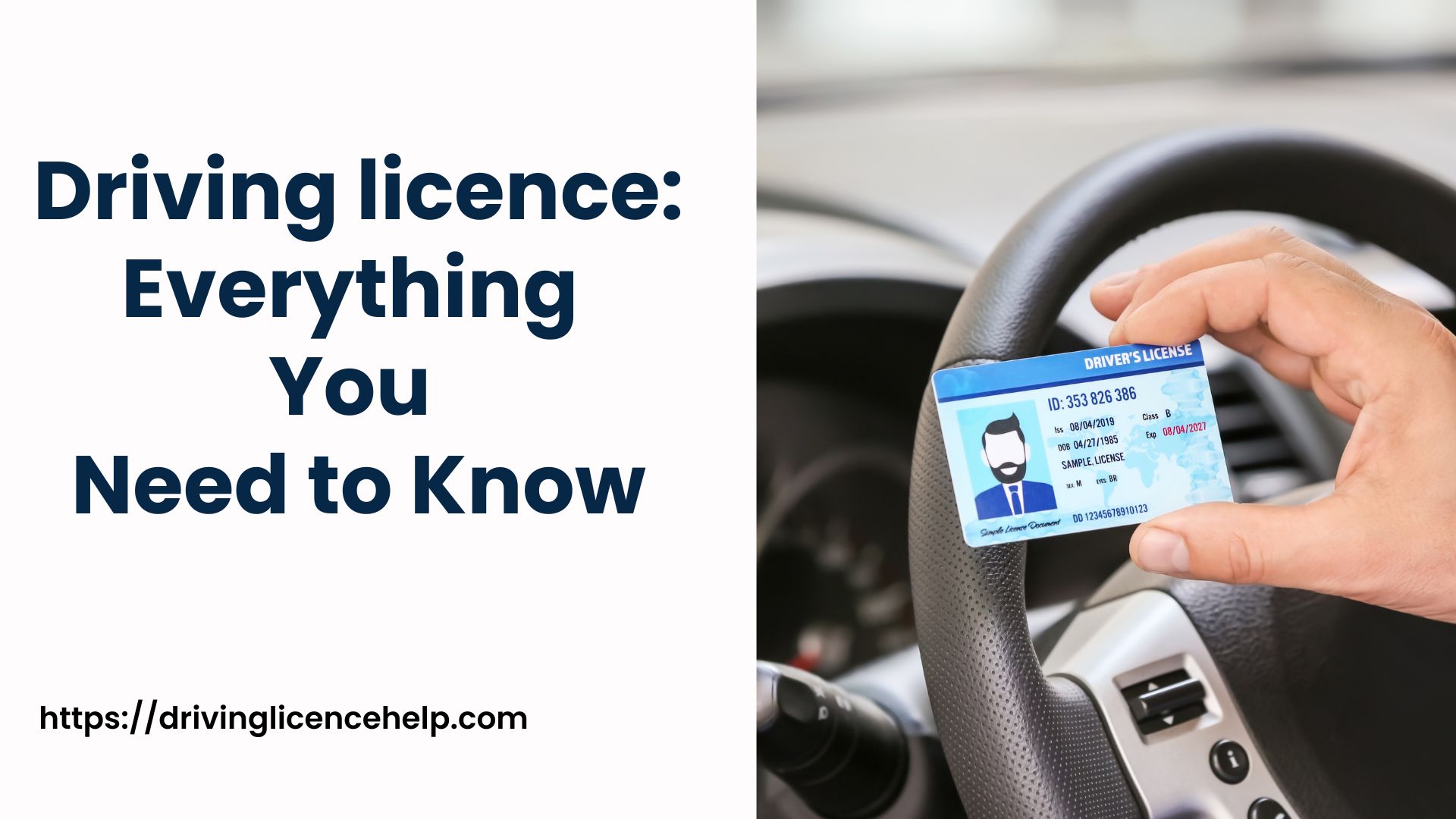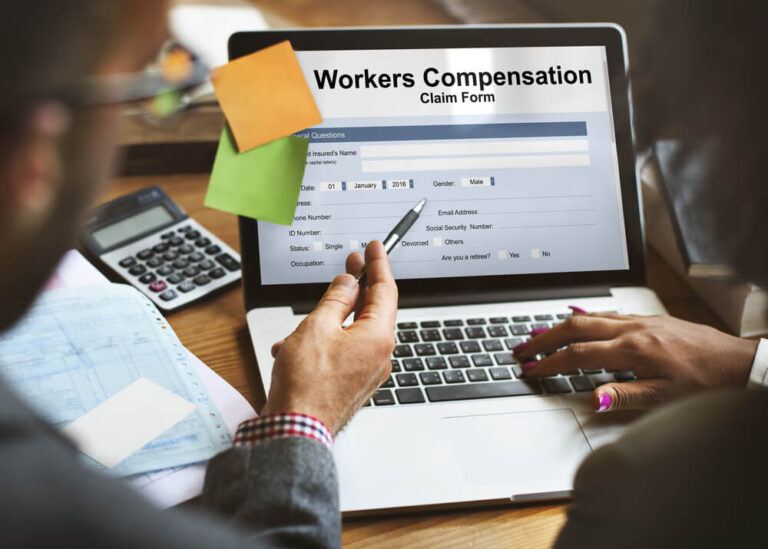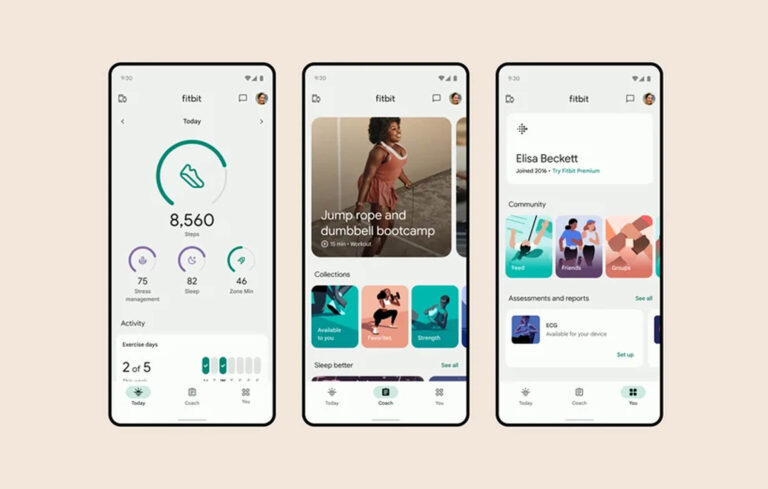
Introduction:
Obtaining a driving licence is an important achievement that offers a sense of freedom and independence. Whether you’re a teenager eager to hit the road or an adult looking to enhance your mobility, understanding the ins and outs of the driving licence process is essential. This comprehensive guide aims to provide you with all the necessary information, from the types of licences to the application process and tips for success.
I. Types of Driving licences:
There are several types of driving licences, each serving a specific purpose:
Learner’s Permit:
This is the initial stage of the licensing process, allowing individuals to learn how to drive under supervision.
Provisional licence:
After obtaining a learner’s permit, this licence grants limited driving privileges to new drivers. It usually comes with certain restrictions, such as driving curfews or limitations on the number of passengers.
Full licence:
Once you meet all the requirements, including passing the driving tests, you will be issued a full driver’s licence, granting you unrestricted driving privileges.
II. Eligibility and Requirements:
To obtain a driving licence, you need to fulfill certain eligibility criteria and meet specific requirements, which may vary from country to country. Here are some common factors to consider:
Age Restrictions:
Different countries have minimum and maximum age requirements for obtaining a licence. It’s essential to know the age criteria in your jurisdiction.
Vision and Medical Requirements:
Ensuring that you have adequate vision and are in good health is crucial for safe driving. Many licensing authorities require applicants to undergo vision tests and may ask for a medical certificate.
Knowledge and Driving Tests:
To assess your theoretical knowledge and practical driving skills, you will need to pass a series of tests. These tests typically include a written exam and a practical driving test.
Documentation:
Be prepared to provide the necessary identification and residency proof when applying for a licence. This may include documents like your birth certificate, passport, proof of address, and social security number.
III. Application Process:
The process of obtaining a driving licence usually involves the following steps:
Gather Required Documents:
Before applying, make sure you have all the necessary documents ready. This includes identification proofs, proof of residency, and any other specific paperwork required by your local licensing authority.
Visit the DMV:
Schedule an appointment with your local Department of Motor Vehicles (DMV) or the equivalent authority. Visit their website or call to understand the exact application process and any additional requirements.
Written Test:
Prepare for the written exam by studying the local driving rules and regulations. The test typically covers traffic signs, road laws, and safe driving practices. Consider taking online practice tests or studying from a driver’s handbook to improve your chances of success.
Practical Driving Test:
The practical driving test evaluates your ability to operate a vehicle safely and responsibly. Practice regularly with a licenced driver, preferably an experienced instructor, to develop good driving habits and gain confidence behind the wheel.
Pay Fees:
Be aware of the fees associated with the driving licence application process. These may include application fees, examination fees, and licence issuance fees. Ensure you have the necessary funds to cover these expenses.
IV. Tips for Success:
To increase your chances of success when pursuing a driving licence, consider the following tips:
Study the Rule Book:
Familiarize yourself with the local driving laws, regulations, and road signs. Understanding these rules is essential for both the written and practical tests.
Practice Regularly:
Regular practice behind the wheel is crucial to hone your driving skills. Drive in different weather conditions, traffic scenarios, and road types to gain valuable experience.
Take Professional Lessons:
Consider enrolling in a reputable driving school that offers structured lessons. Professional instructors can provide you with valuable guidance, teach you defensive driving techniques, and help you navigate challenging situations.
Be Prepared for the Tests:
Understand the specific criteria on which you will be evaluated during the written and practical tests. Focus on areas where you feel less confident and practice accordingly. Simulate test conditions to familiarize yourself with the process and reduce test-day anxiety.
Stay Calm and Confident:
Nervousness can impact your performance during the tests. Take deep breaths, maintain a positive mindset, and trust in your preparation. Remember that mistakes happen, and it’s important to stay focused and composed throughout the entire process.
Conclusion:
Obtaining a driving licence is a significant accomplishment that comes with great responsibility. By familiarizing yourself with the different types of licences, understanding the eligibility requirements, and following the application process, you can embark on your journey towards becoming a licenced driver. Remember to prioritize safety, adhere to traffic laws, and continuously improve your driving skills even after obtaining your licence. Always be mindful of the privilege and responsibility that comes with being a licenced driver, as you share the road with others. With dedication, practice, and a commitment to responsible driving, you’ll be well on your way to enjoying the freedom and opportunities that a driving licence brings. Safe travels!





